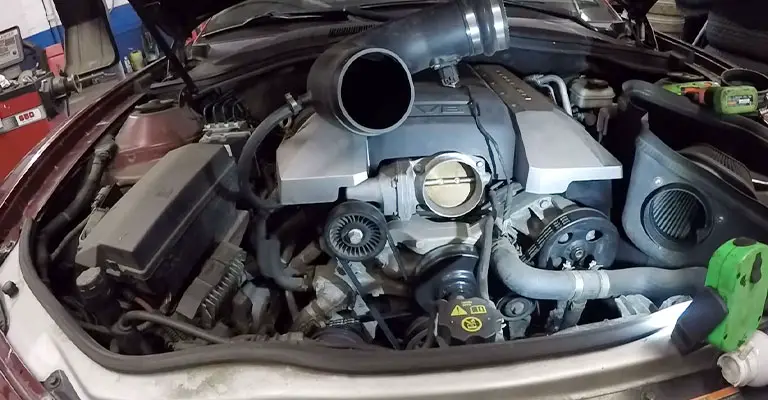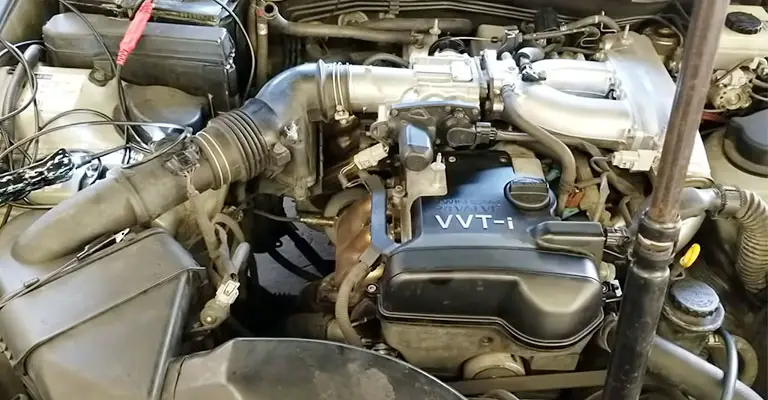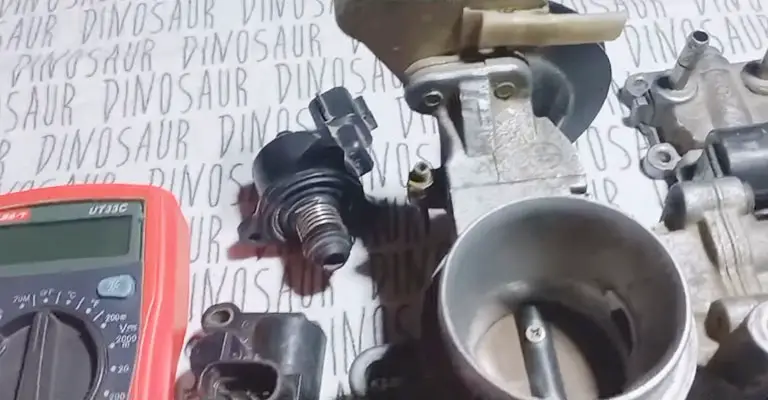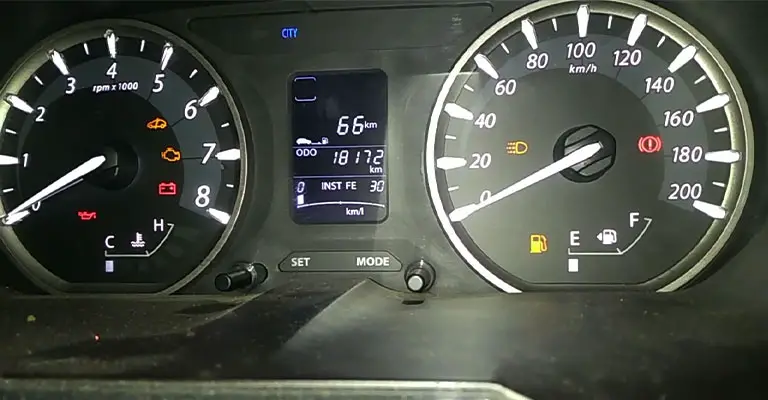It can be frustrating for drivers if their car stalls at a red light. It could be a problem with idle air control solenoids, electronic throttle bodies, vacuum leaks, mass air flow sensors, or any other sensor.
To determine the exact cause, you will need someone qualified to diagnose vehicles and a decent scan tool. It is important to know your exact make and model.
There may be diagnostic codes present, as well as other symptoms that may help narrow it down.
It is common for the tube between the air filter and the throttle body to leak air, causing the car to stall.
Look for air and vacuum leaks if you have lean codes in the computer and get the computer scanned for codes. Identify and repair any other codes you find if there are any.

Have You Noticed That Your Check Engine Light Is On?
Your first step should be to check the check engine light (CEL). Your computer can provide diagnostic trouble codes. There is a possibility that the codes will lead you to the component or system that is at fault.
If the CEL doesn’t illuminate, the following section headings describe the most common conditions under which engines stall and which systems, or components may be faulty.
You can tell a great deal about the type of trouble your engine is experiencing by the way it fails.
Diagnosing A Car That Dies At A Red Light

Is there a reason why my car shuts off at stoplights? You can experience stalling issues with several systems in your car when you least expect them. Symptoms may include:
- There is a possibility of the engine shutting down suddenly while driving.
- If the engine is decelerated, it may stall if the engine RPMs fall below normal idle speeds.
- The engine can jerk and die when it reaches a stop light.
When your car stalls while stopped or idle, there are several possible causes, from an easy and simple fix to a much more serious and urgent problem.
In some cases, diagnosing a dying car can be challenging. The fault can originate in one or more of the following systems.
The Engine Of My Car Suddenly Dies
When a car is idling or on the road, it will sometimes die suddenly. Unlike the cases discussed above, there is no feeling of the ignition switch being turned off. All electrical accessories, including headlights, are still functional.
It may be the ignition system itself, or a sensor that your car computer relies upon to keep the ignition system running, which depends on the year and model of your vehicle.
The problem may be caused by bad contacts in the ignition switch or the electrical connector of some other component. There can be a problem with a component, connector, or wire if it prevents the engine from restarting and stall.
The Engine Shuts Down Permanently

Stalled engines can happen while the car is moving as well as when it is idling. It is common for vehicles to die slowly.
It may feel like your car is out of gas when you feel it jerk a bit before dying. This is because there may be a problem with the fuel system.
If you have a fuel pressure gauge, you can test for fuel pressure yourself. Consult your vehicle repair manual to determine the pressure specifications for your particular car make and model.
Fuel pumps that have not been replaced in the last ten years may be worn and cannot provide the engine with the correct amount of fuel.
For example, a stalling vehicle that starts right back up after stopping at a red light could be caused by a faulty fuel pump.
The Engine Shuts Off While Idling
As with the previous condition, this one may persist for a longer period of time. It is even possible to see the check engine light come on. If your engine shuts off at idle, different components may be responsible.
Vacuum leaks are usually the culprit, especially on vehicles with mass air flow sensors (MAFs). You may receive trouble codes P0171, P0174, or P0300 if your CEL is on.
A loose wire or bad sensor on the engine speed sensor may also be the cause of a misfire, depending on your model.
It is also possible for the engine to stall at idle when it is cold. A worn or faulty component in the system may be causing this issue, or it may be a faulty sensor that is sending incorrect data to the computer.
The Idle Air Control Valve Is Failing

Air intake is measured as it mixes with fuel before being injected into the engine at low speeds and idle, so the idle air control valve determines the amount of air being injected.
As the vehicle’s computer controls this valve, the idle speed will be adjusted in accordance with other measurements, such as the temperature of the engine, the temperature of the intake air, and the load on the electrical system.
With the idle air control valve, the engine RPM slowly returns to the normal idle speed as you let off the gas.
As the engine RPM increases, the engine RPM increases, and when you let off the gas, the RPM drops back to the normal idle speed.
Often, a dirty or faulty idle air control valve will cause the engine to stall when the engine RPM drops below 800 RPM.
At Stoplights, The Engine Shuts Off
Your idle air control solenoid (IAC) may be faulty if your engine stalls at a stop light or when you are idling.
If the engine is operating under certain conditions, the computer will bypass the throttle valve and inject more air through the IAC solenoid.
It is common for carbon, dirt, or fuel varnish to build up in the air passages in the throttle and on the IAC valve itself.
As a result, the engine may stall if there isn’t enough air flowing through the airports when you reach a stop or while it is idle.
An ohmmeter can also be used to check the IAC motor. Your vehicle repair manual may be helpful if you need to make any adjustments.
There are also other faults that can trick the computer into operating the IAC solenoid when it shouldn’t.
It is possible, for example, that an incorrect throttle position sensor may make the computer close the IAC solenoid when it should not, causing the engine to stall. Faulty TP sensors or their circuits may be to blame.
Additionally, if you’ve noticed a misfire at high speeds, check for a loose engine speed sensor or a bad sensor, depending on your vehicle’s make and model.
There Is A Warning Light On The Dashboard

Most often, stalling occurs as a result of a charging system problem. In the event of a charging system failure, some warning is given.
There may be one or more electrical accessories that do not work properly or at all, depending on the type of fault.
It is possible that the indicator(s) indicate that your battery and other electrical circuits are not receiving sufficient current from the charging system. The computer may have stored a diagnostic trouble code.
Note From The Author
Don’t ignore a stalled car. Stalled cars aren’t something to take lightly, no matter how long they’ve been running.
You should also take care of a serious transmission repair as soon as possible, even if it’s a simple fix.
Even though this can be an inconvenience, you should still have your car checked out by a trusted mechanic as early as possible.
The Bottom Line
Cars that keep stalling will only develop more serious problems if ignored. So put an end to the hope that it will fix itself by taking action instead of sitting around waiting for it to happen.
The reason for this is that when your engine dies at idle, you need to pay immediate attention to what is wrong. Idling your car in traffic is the last thing you want.

Leave a Reply